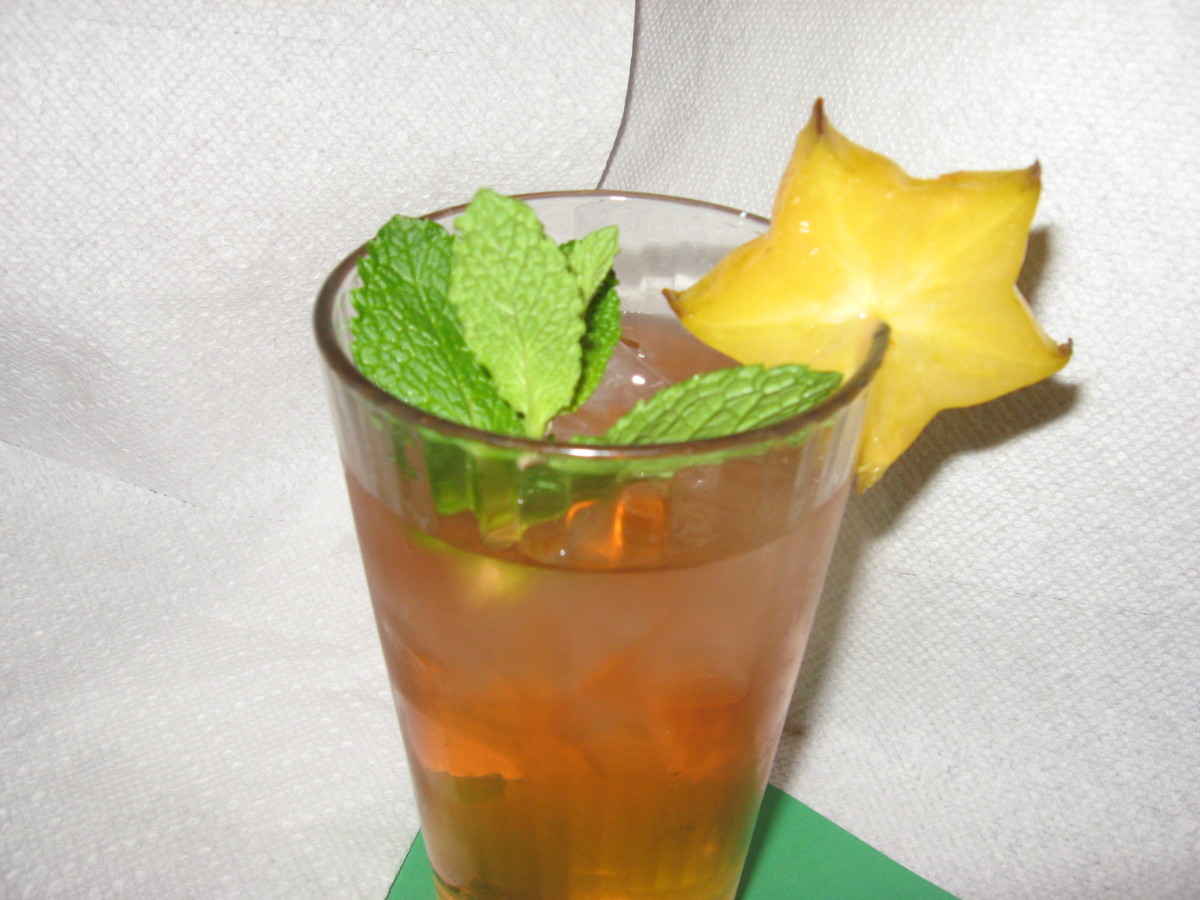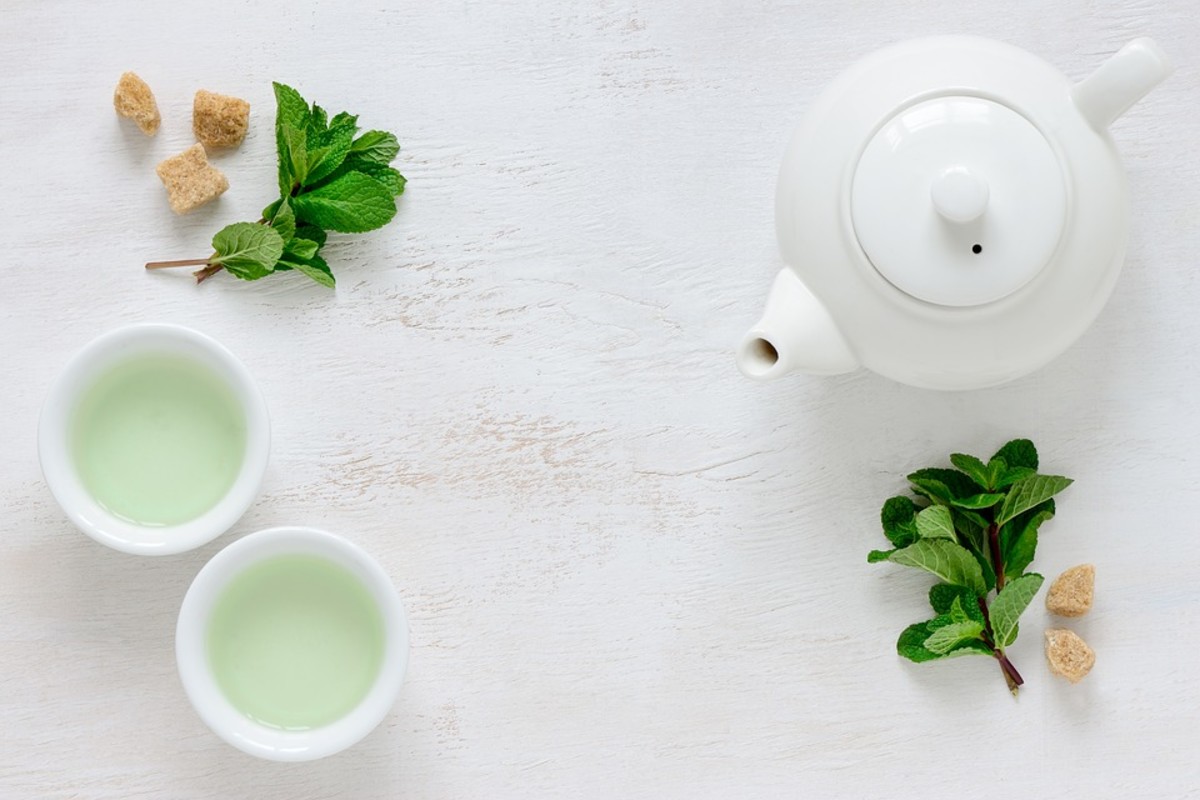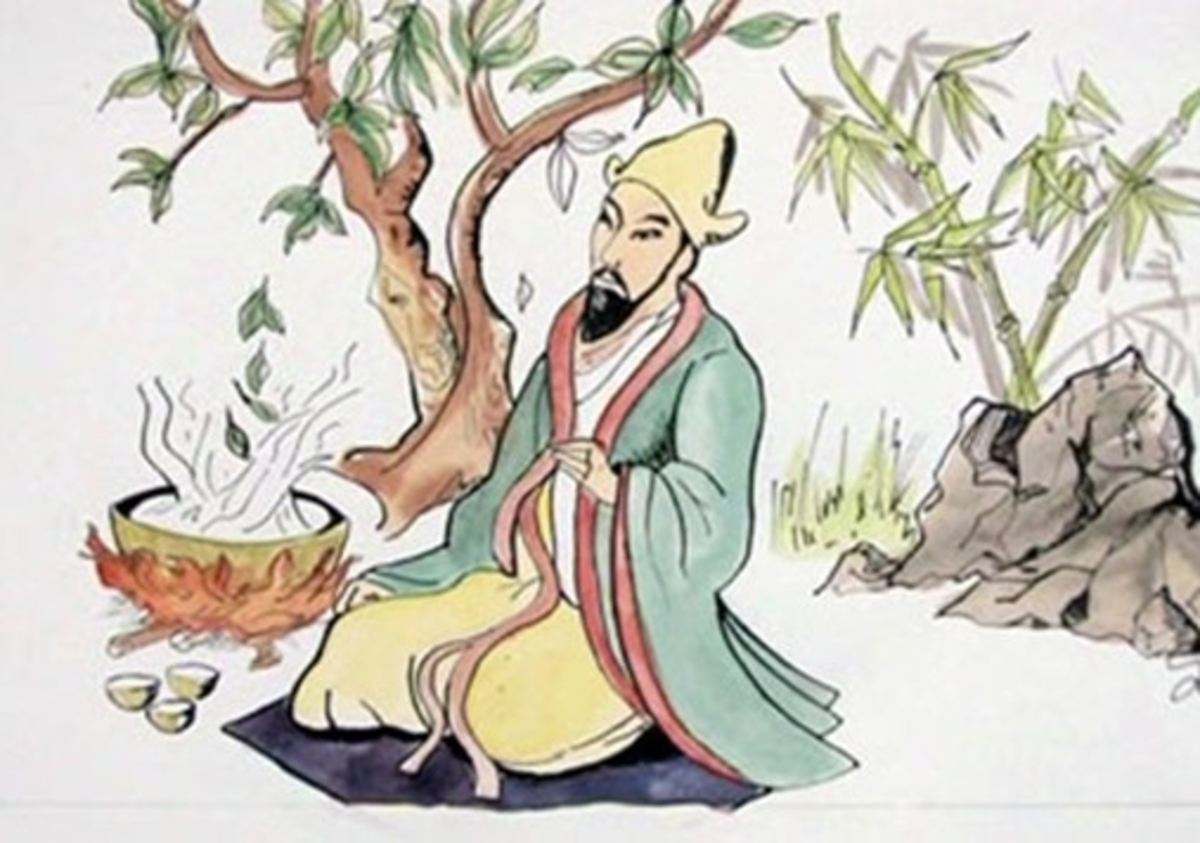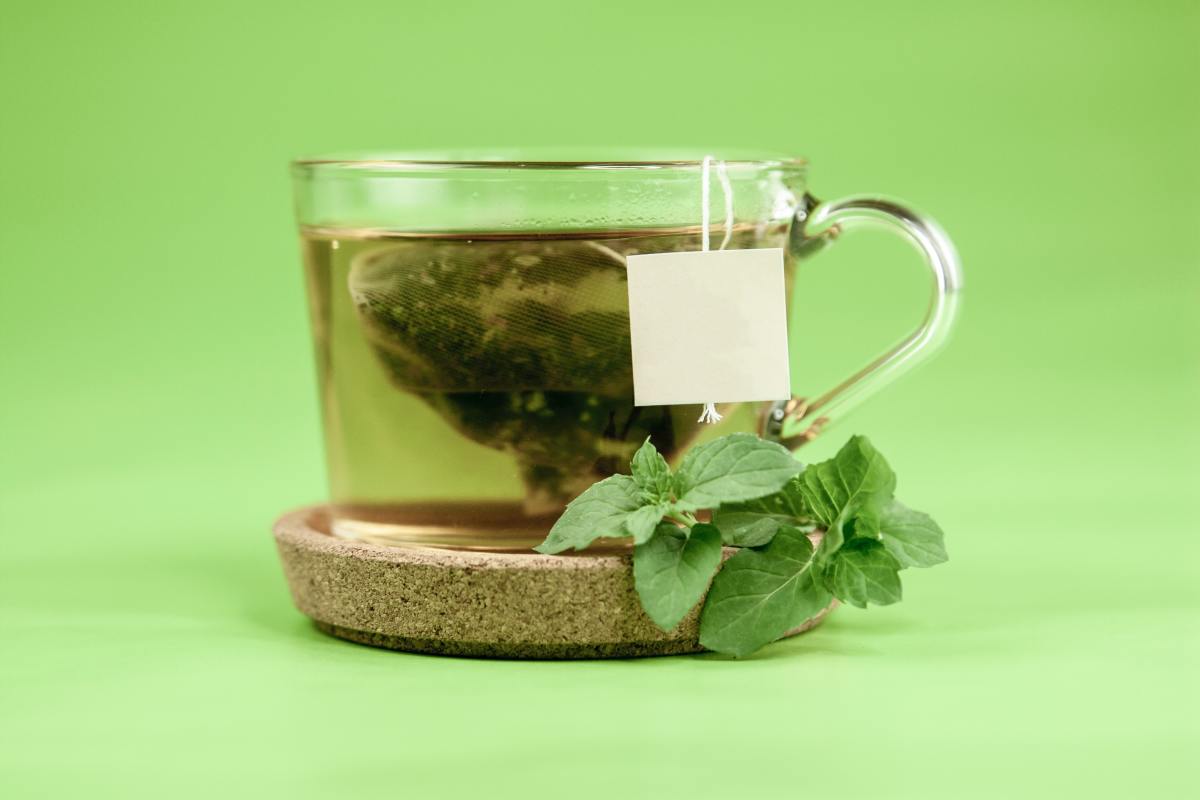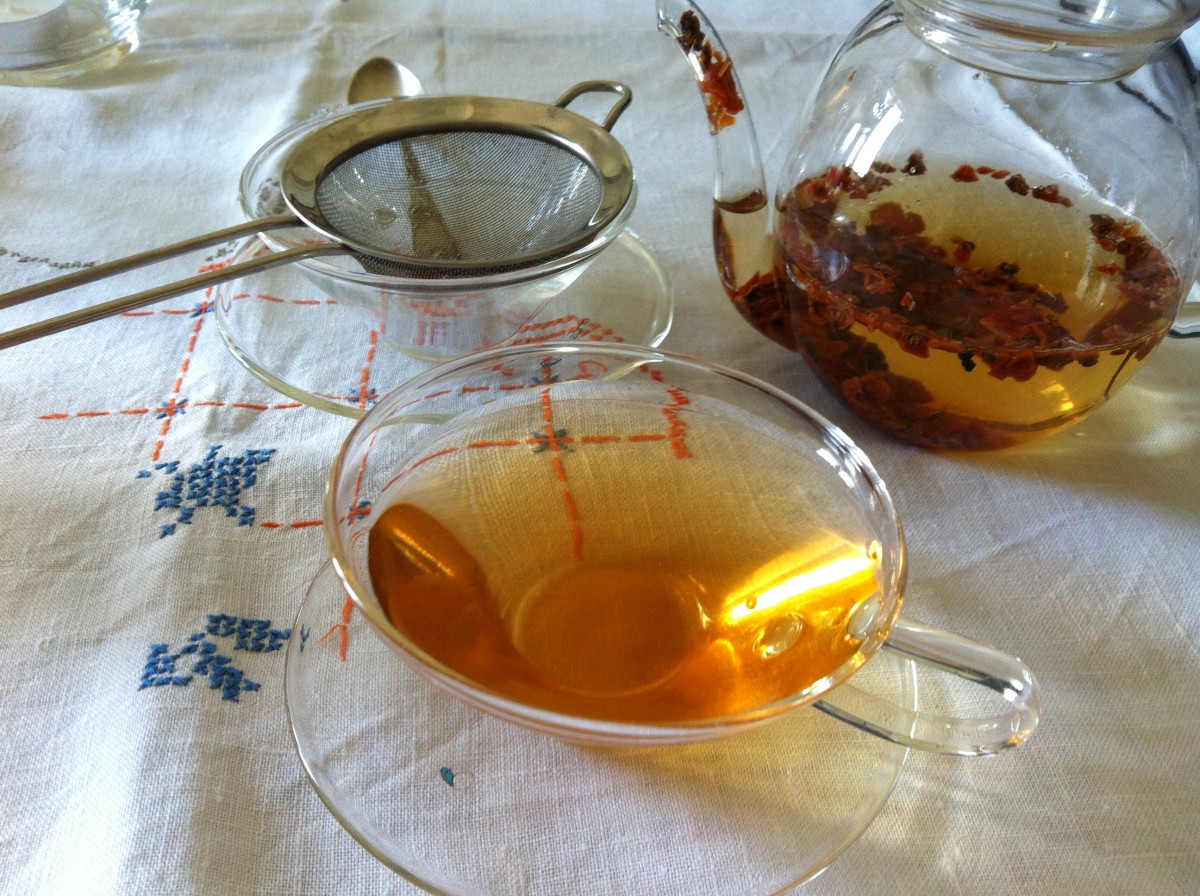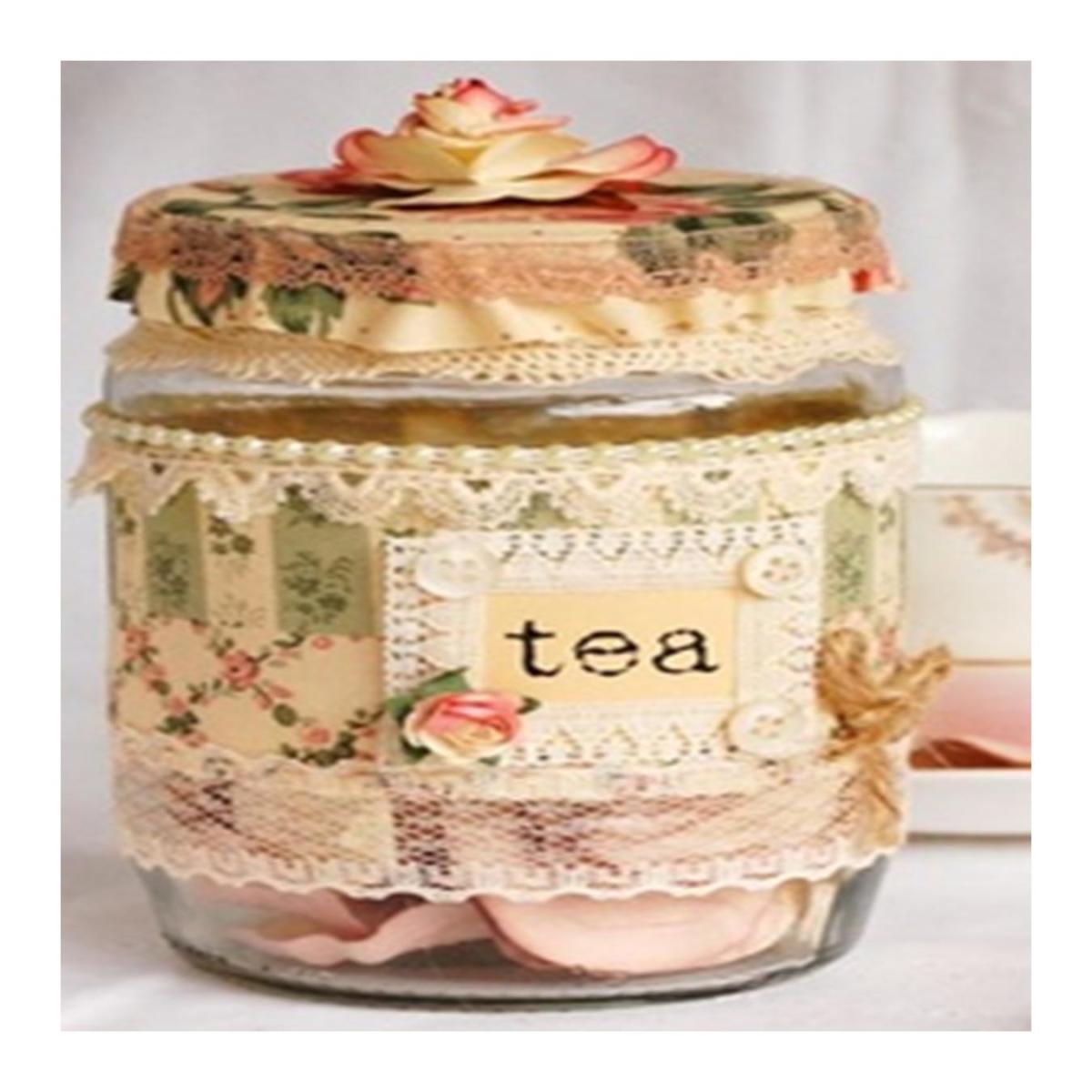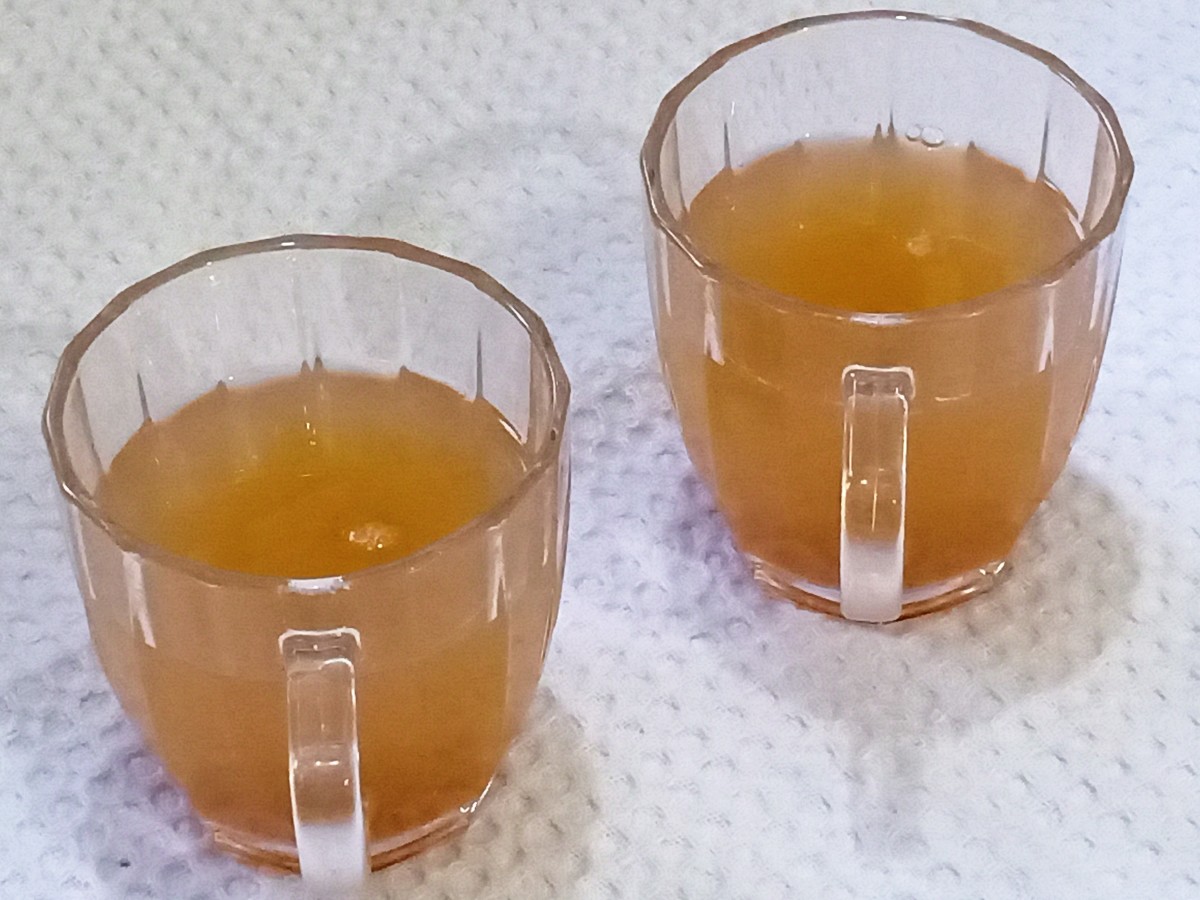How To Select A Japanese Green Tea
How to Select A Japanese Green Tea
Green tea is now described as, The Science-Backed “Miracle Cure” thanks to its many nutrients and antioxidants. Green tea is made from unfermented leaves and reportedly contains the highest concentration of powerful antioxidants* known as polyphenols.
Selecting a green tea can be overwhelming. Do you want more caffeine or much less? Do you want a leaf, or a powder like the Matcha? One tea, in particular, listed below, is used as an appetite suppressant - the Genmaicha. Then each tea listed has its own varieties, some as many as 12.
Traditionally, tea is brewed from tea leaves and it is said the leaves contain more antioxidants. The finer the quality, the more expensive the tea. Tea bags use smaller bits of leaves that are considered of lower quality. Because of the convenience of tea bags you will pay more for the tea. Then it would make good economic sense to get the better quality loose tea, instead of tea bags.
Listed below are 6 well-known Japanese teas. The following descriptions may help you choose; one may be to your liking.
Sencha:
Its name means infused tea. This is probably the most popular tea and is considered the everyday tea in Japan. Approximately 75% o of the tea produced in Japan is Sencha. It has a light green color, is slightly astringent, with an underlying sweetness. Sencha has the strongest potency of all Japanese teas in vitamin C, and B2. It has a moderate to high amount of caffeine. There are at least 3 kinds.
Matcha:
This tea is made into a powdered form by pulverizing the tea leaves. Add the powder to hot water and whisk. Matcha is the tea used in traditional Japanese tea ceremonies. This tea has a bright green color and a light, sweet taste. It is also used to make green tea lattes (excellent!), ice cream (also excellent!), cocktails, and in cooking and baking (green tea cakes and donuts are good too). There are 12 known popular matchas; the more vivid and green the color the fresher the tea. Because Matcha is a powdered tea, it is said to offer the entire nutrition that green tea has to offer.
Hojicha:
Made from large, unrolled leaves, Hojicha tea is either pan-fried or oven-roasted in order to produce its nutty flavor and earthy aroma. Unfortunately, this kind of processing lowers the level of antioxidants. This tea has the lowest level of caffeine. There are two kinds.
Gyokuro:
This tea has sharply pointed leaves that resemble pine needles. In Japan it is known for its superior quality and is called the ‘King of teas.' This tea is smooth tasting, has a natural sweetness and a high caffeine level. It is similar in appearance to Sencha but is a darker green and is less bitter. There are two kinds.
Genmaicha:
A Japanese specialty tea created by green tea leaves with fire-roasted rice, technically a blended tea. It has a mild, slightly toasty taste. (I’ve had this tea in Korea and prefer the taste but not necessarily the rice - the texture of the rice is like the rice crispy type of cereal - gets in the way of drinking). Many Japanese use it as an appetite suppressant due to the high level of vitamin B1 (I agree with this). There are two kinds with a moderate amount of caffeine.
Bancha:
Lower in quality than Sencha. The leaves are coarse, and larger. It is not generally exported from Japan. The flavor is full and the color is a yellow-green.
There are other Japanese green teas but these are the most commonly enjoyed. If you would like to try a Chinese green tea, please see the link below entitled HOW TO SELECT A CHINESE GREEN TEA
*Antioxidants are substances that scavenge free radicals, the damaging compounds in our body that alter cells, tamper with DNA, and even cause death.
Enjoy your cuppa!
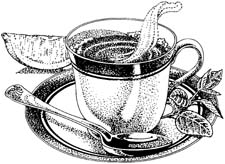
- How to Select a Chinese Green Tea
Green tea has many healthy benefits and there are many on the market. Would you prefer gunpowder, dragon pearls or jade spring? What is the difference between these green teas and several others?

